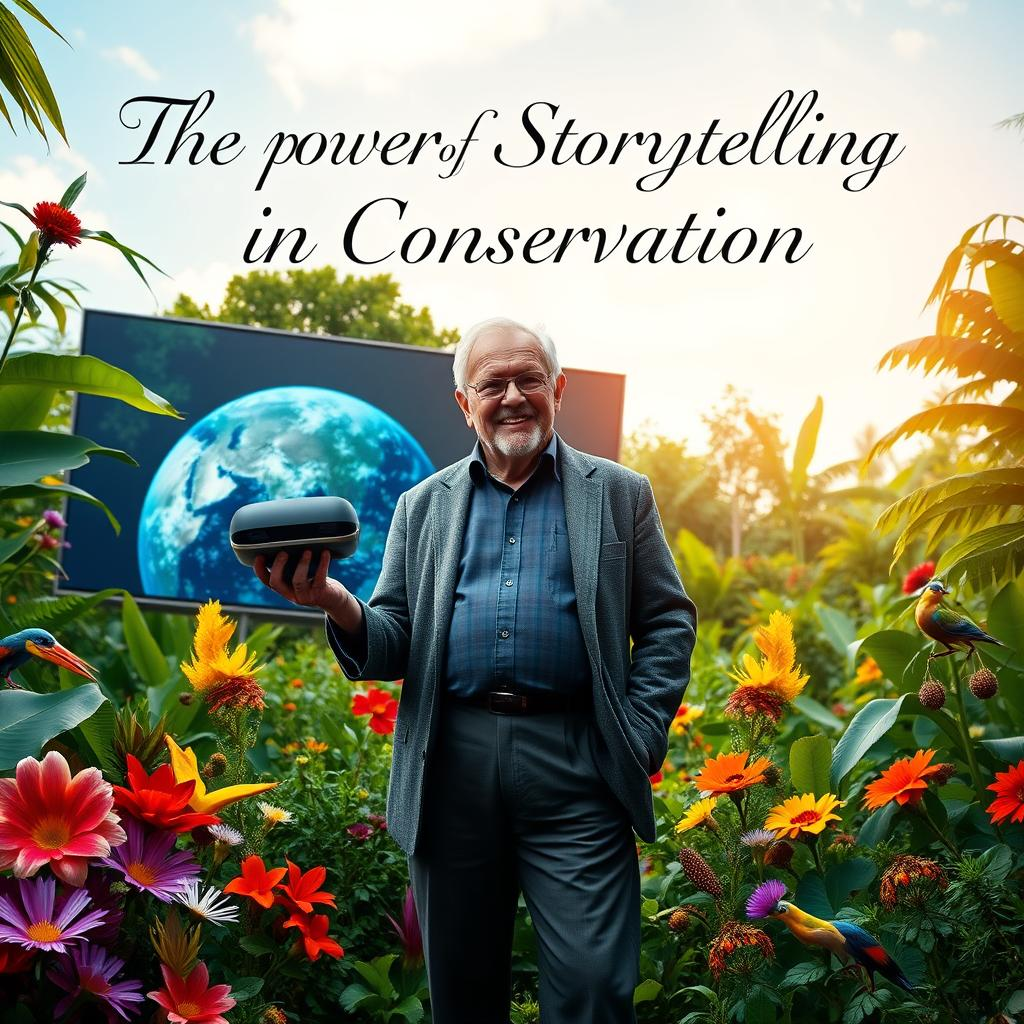I’m Jane Smith, and today, I invite you to explore the profound impact David Attenborough has made in environmental conservation through his unparalleled media prowess. By deftly weaving captivating narratives with scientific insights, Attenborough has not only educated the masses on the marvels of nature but also rallied global awareness and action towards preserving our planet. Join me as we delve into his inspiring journey to understand the enduring legacy and innovative pathways of his advocacy efforts in media-driven conservation.
Strategic Analysis
David Attenborough’s strategic use of media is a testament to the transformative power of storytelling in conservation. Over the decades, Attenborough has chronicled the profound impacts of climate change through documentaries that make complex ecological concepts accessible to the general public. A key differentiator is Attenborough’s ability to integrate scientific insights into captivating narratives, sparking widespread discussions on sustainability and the urgency of conservation efforts.
Initiatives such as ‘Planet Earth’, ‘Blue Planet’, and ‘Our Planet’ have been pivotal in altering public perceptions about climate issues. These series, characterized by their stunning cinematography and engaging narratives, have reached millions worldwide, bridging the gap between scientific communities and the public (TIME, 2019; TIME, 2017). Although specific policy changes directly linked to these documentaries since the mid-2020s are unverifiable, their role in raising awareness is undeniable.
David Attenborough himself emphasized the importance of factual representation in media, stating, “You can only get really unpopular decisions through if the electorate is convinced of the value of the environment. That’s what natural history programmes should be for” (BrainyQuote, 2023).
Impact Projections
The impact of David Attenborough’s work extends far beyond sheer awareness. His storytelling has significantly raised environmental consciousness and inspired many individuals and organizations to advocate for sustainability (Britannica; National Geographic). As emerging technologies like virtual reality (VR) offer new storytelling platforms, there exists a significant opportunity for Attenborough’s message to reach wider audiences. VR has been increasingly recognized as a transformative medium for storytelling, offering immersive experiences that traditional platforms cannot (arXiv, 2021; arXiv, 2018).
From a competitive standpoint, while the adoption of similar approaches by other media entities to incorporate scientific narratives into visually compelling formats is unverified, it speaks to the effectiveness of Attenborough’s methods and their potential standard-setting effect within the industry.
Innovation Roadmap
David Attenborough’s commitment to conservation has transcended traditional media formats. The emergence of virtual reality technologies presents an exciting frontier. These technologies offer immersive experiences that can bring audiences even closer to the natural world, enhancing understanding and empathy for environmental issues (arXiv, 2021).
The roadmap also includes expanding the reach of his documentaries to underserved regions, where his message can inspire new activists and support grassroots environmental efforts. Such initiatives ensure his legacy and mission continue to foster global change.
Conclusion
In conclusion, David Attenborough’s strategic use of media has effectively brought critical attention to the beauty and fragility of the natural world. His work continues to catalyze change, inspiring an entire generation to prioritize the health of our planet. As we advance technologically and environmentally, the legacy of Attenborough’s storytelling will undoubtedly guide policymakers and individuals in the quest for sustainable practices. This enduring influence underscores the potential of informed, passionate advocacy to shape the future of conservation globally.

Leave a Reply